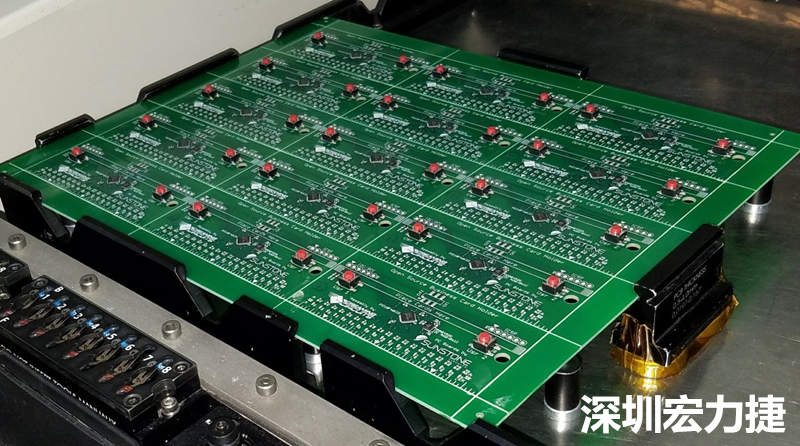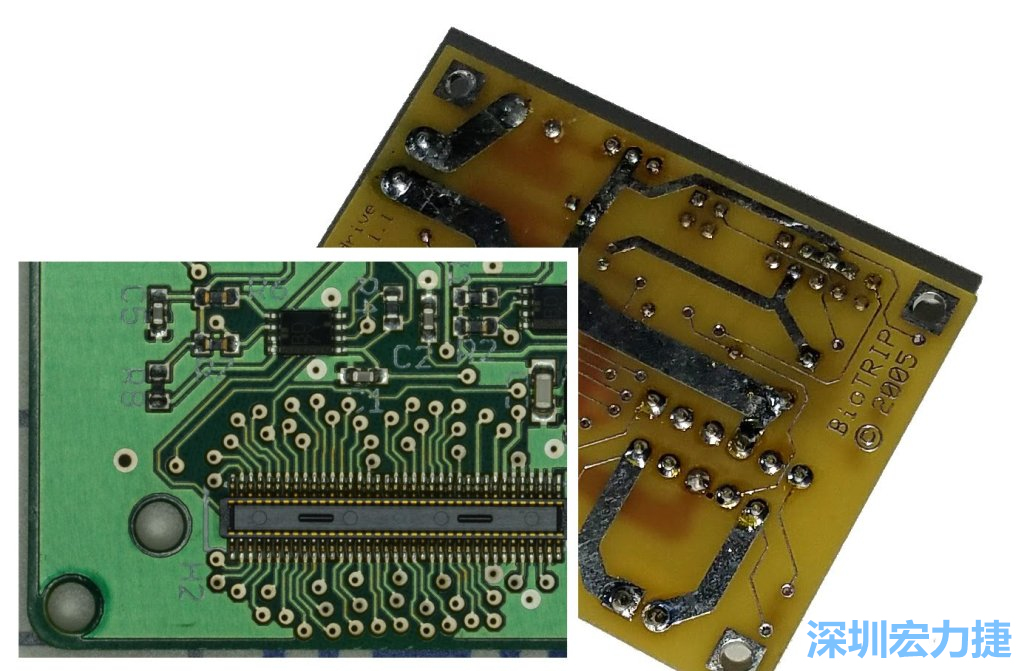
In the past, it was not difficult to find a surface mount or through-hole wafer. However, about a decade ago, manufacturers gradually stopped making wafers for through-hole technology. Many times, the latest products are available in small QFN (quadruple flat no-pin package) or wafer grade BGA (ball grid array package).
Shenzhen Grande has come up with many ways to use most of the chips. Under the creative enthusiasm of Shenzhen Grande, only a few components used in the industry are not available to Shenzhen Grande.
However, if Shenzhen Grande has made a good design and wants PCBA mass production, what should we do?
There are some practices that are suitable for manual soldering, and entering the machine will destroy the entire process. In order to solve such problems, I have compiled five common problems for everyone to enter before the mechanical process reference.
What are the five problems?
1. Consider moisture
Although it is not reasonable, plastic will absorb moisture, and it is not only if the whole piece of plastic is thrown into the water. As long as the plastic wafer is exposed to the air, it absorbs moisture. If the moisture-absorbing wafer is placed in the reflow oven, the result will be like popcorn in a microwave oven.
When the heat is heated, it will turn into water vapor. If the gas is not fast enough, the water will open the wafer. Moreover, these cracks are invisible to the naked eye and can make the product unstable. Some DIY players often open the kit and put the components on the outside without specifically thinking about storing them in the right environment.
If you want to send your design for mechanical PCB Assembly, you can do two things for humidity-sensitive components. First, you don't need to order components early, order them when you need them, or keep them sealed when the components arrive. Otherwise, you can also recycle wet components. If you tell the manufacturer that they have such a situation, please bake those components before PCB Assembly, and also solve the problem of moisture.
2. Do not save welding paint
Some board manufacturers offer discounts if you order a solder mask or a silkscreen. This is no problem when assembling the artificial PCBA because you can adjust the amount of solder used with the naked eye.
Anti-weld paint can improve the quality of solder joints

However, if it is soldered to the board through the stencil in the reflow oven, some of the solder will flow back onto the copper, causing insufficient solder at the tip of the component to secure the contacts. Although the anti-welding paint requires money, it can improve the stability of the joint, and it is more cost-effective in the long run. Moreover, the selection of different colors of solder mask can also make the board look more personal!
3. Wire mesh is also very important
The screen is independent of stability, but the screen will affect PCB Assembly accuracy. Ideally, the CAD file will tell PCB to Assemble the exact position, angle and direction of each component of the machine, but things are not perfect.
The size of the component may be wrong, and the label may not be clear. In many cases, the CAD file alone is not enough. The advantage of the screen is that it leaves traces of errors in the data. If you don't want the PCB to be filled with polarity or object names, you can place these notes in the file layer of the production software, and then ask the PCB Assembly factory to see the instructions on that level.
4. Don't be afraid of surface mount
One of the easiest ways to ensure that the board can be hand-built is to insert the component with a through hole. However, this limits the possibilities of design and does not allow many new technologies to be applied. Of course, you can buy an additional board—a small surface mount chip that is attached to the PCB with a solderable connector on the top. Many features can be solved like this, but this is not a panacea. Those products are very useful, but they take up space and the price will be more expensive than a board.
Through the PCB Assembly of the machine, you can make the small board on the right side do the things that can be done by adding the two boards on the left side.

If you are designing a product and don't have a lot of boards, consider adding additional boards. However, if you are going to produce a thousand boards, redesign the PCB. Just don't forget to bypass the capacitor or other components. In addition, many additional boards are open source, so you can design them directly with one of the available circuits!
5. Cannot use the guide hole in the pad
There are pins or pads under the QFN and BGA, which are usually not accessible. For reflow ovens, this is fine, but what if you want to solder by hand? Many people add a via to the wafer holder, tape the component to the board, turn the board over, and pass the soldering iron and solder through the via. In this way, it is indeed possible to manually solder most of the components that are surface-mounted and have no connectors.
What is the conclusion?
After reading this, you probably already guessed what I'm going to say. This is also a problem when assembling mechanical PCBA. The solder will flow down from the via hole and run to the other side of the board, which may cause a back side short circuit, a front side component to fall off, or a solder pad that cannot be securely bonded. If you use a via hole to solder this method manually, then Before the machine PCBA is assembled, the PCB must be redesigned and the vias must be removed.
Finally, do it yourself!
However, a few years ago, the tools and services for producing electronic products were still very complicated and the prices were very expensive. It was almost impossible for amateurs to put their own small projects into production and start a small business. Today, things have changed. It is not so difficult to do hardware business. Almost anyone can try it.








